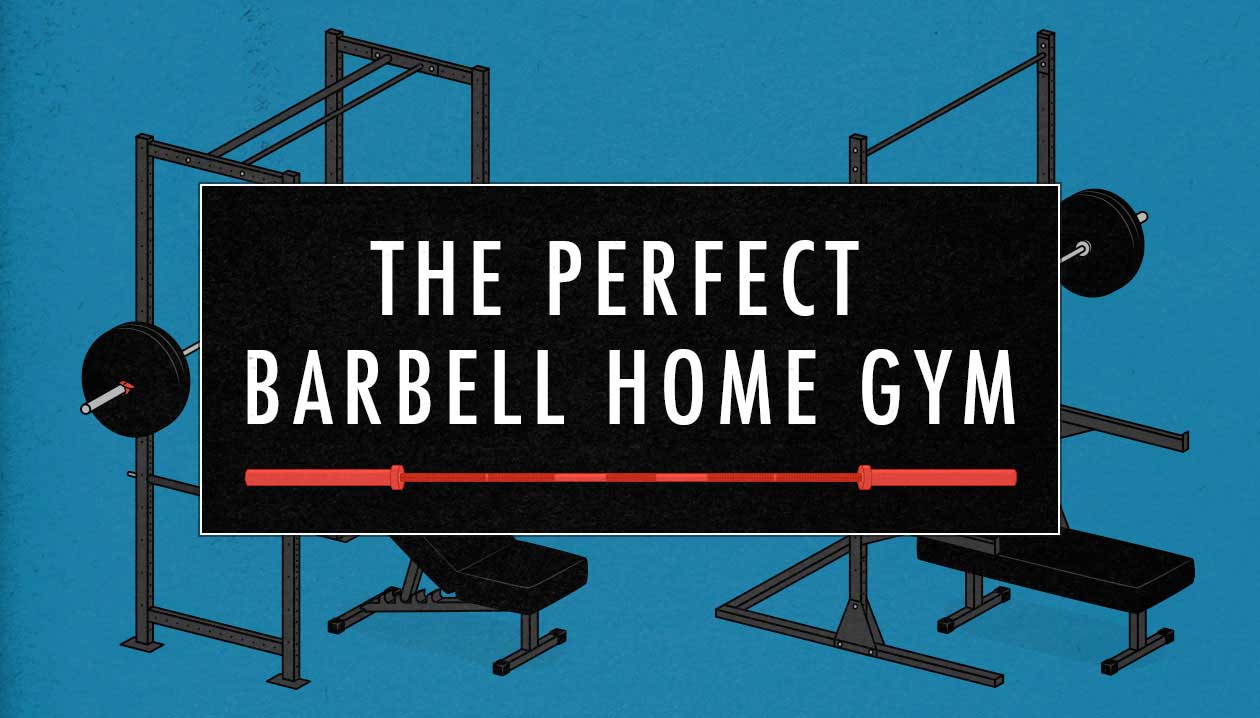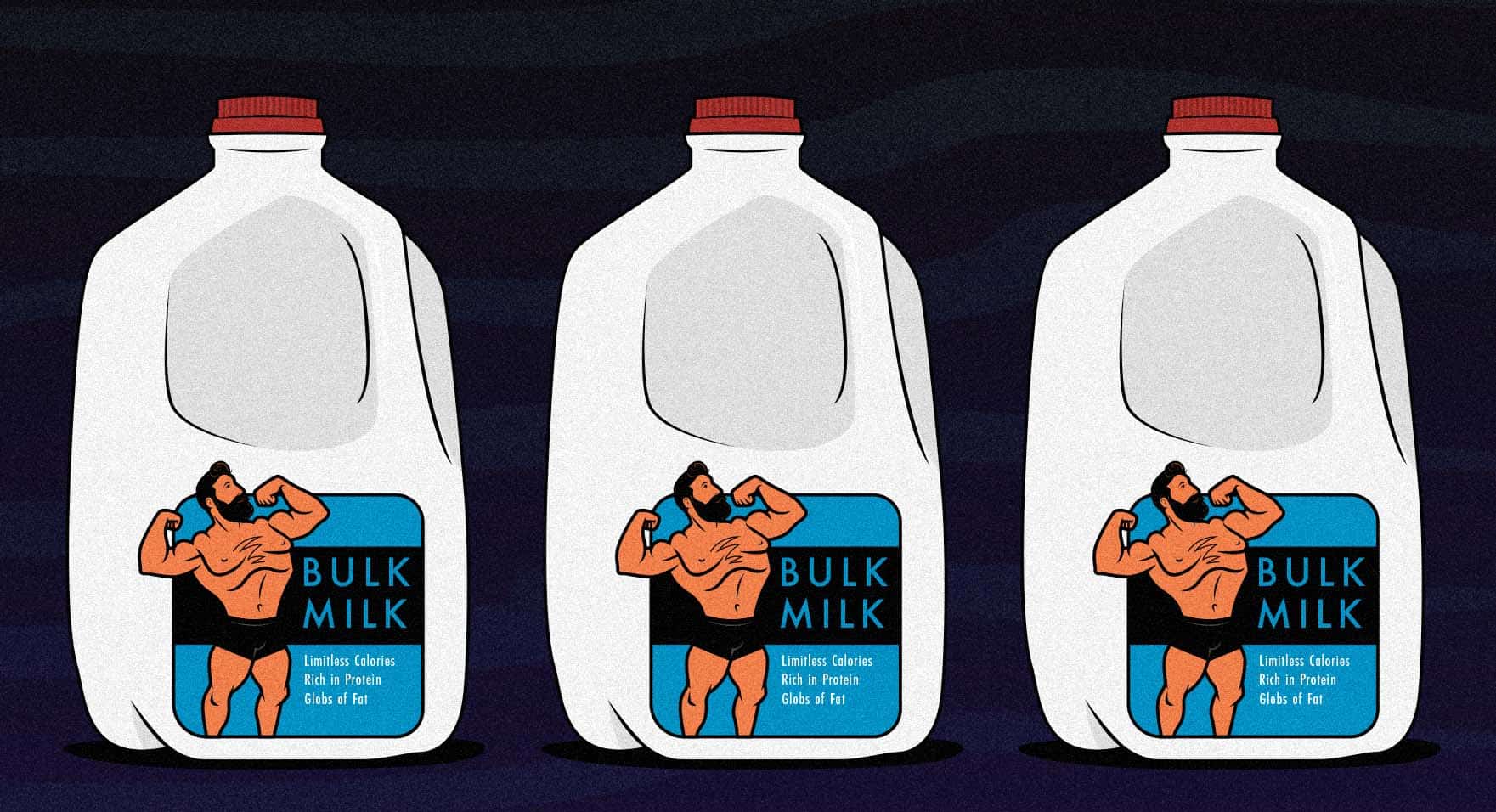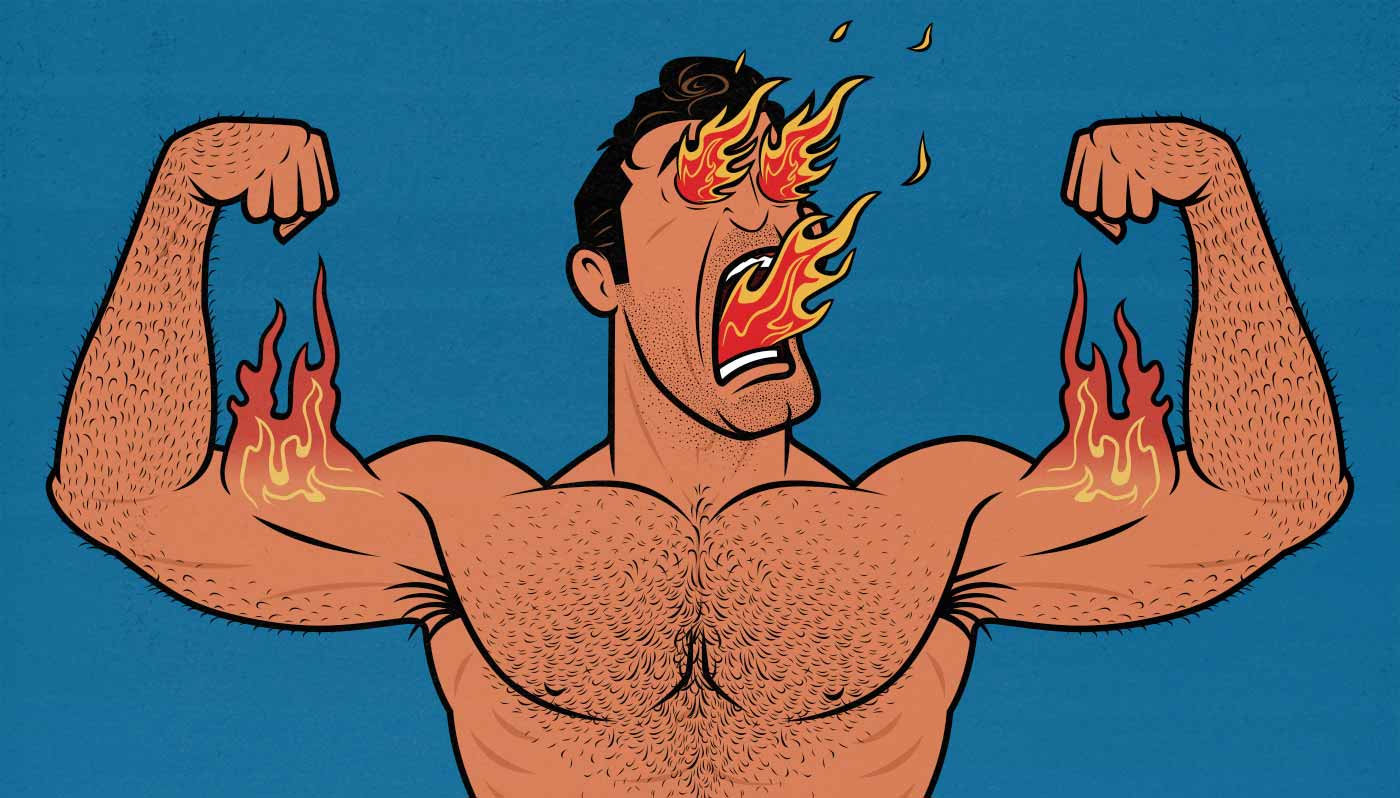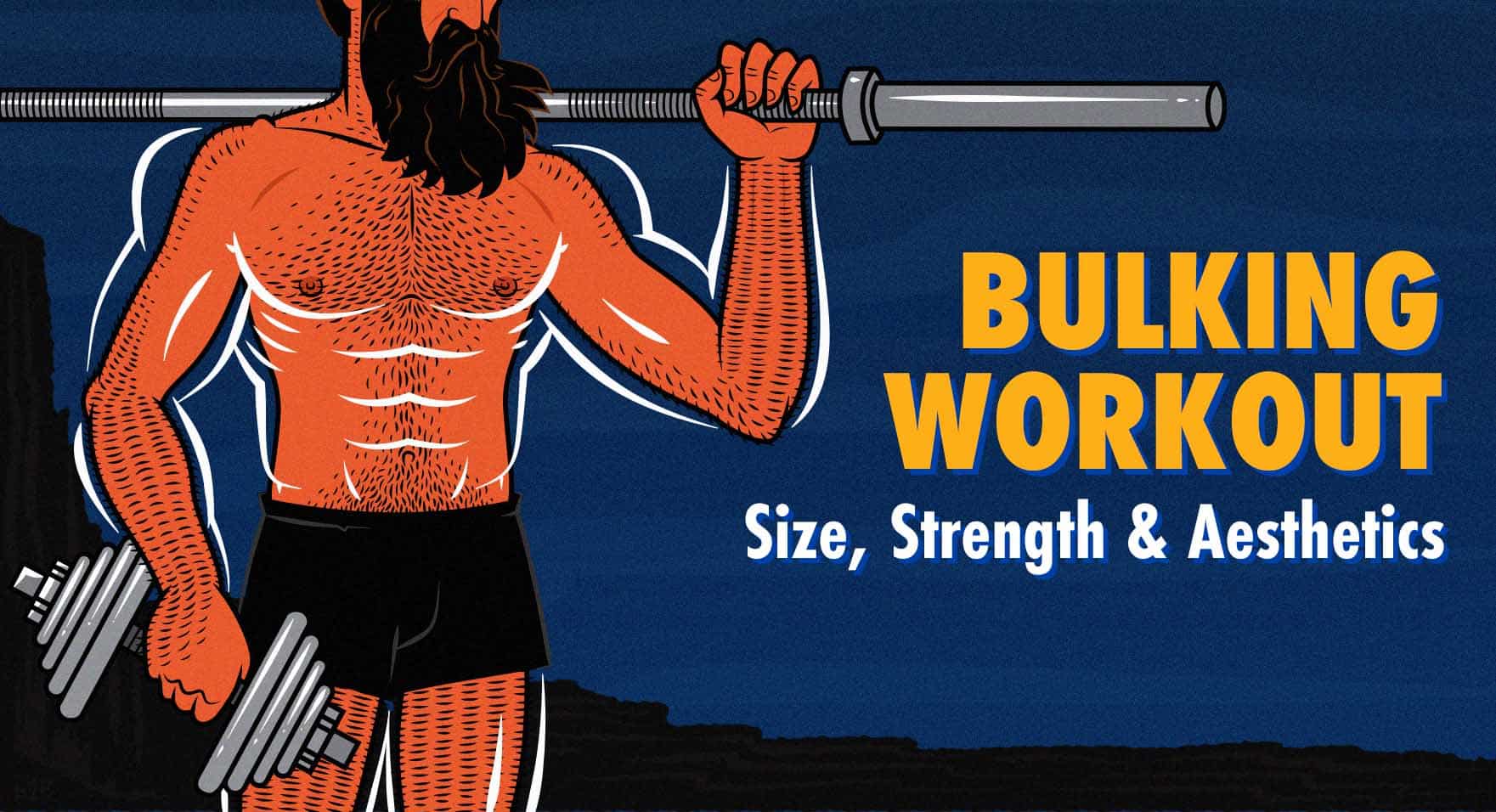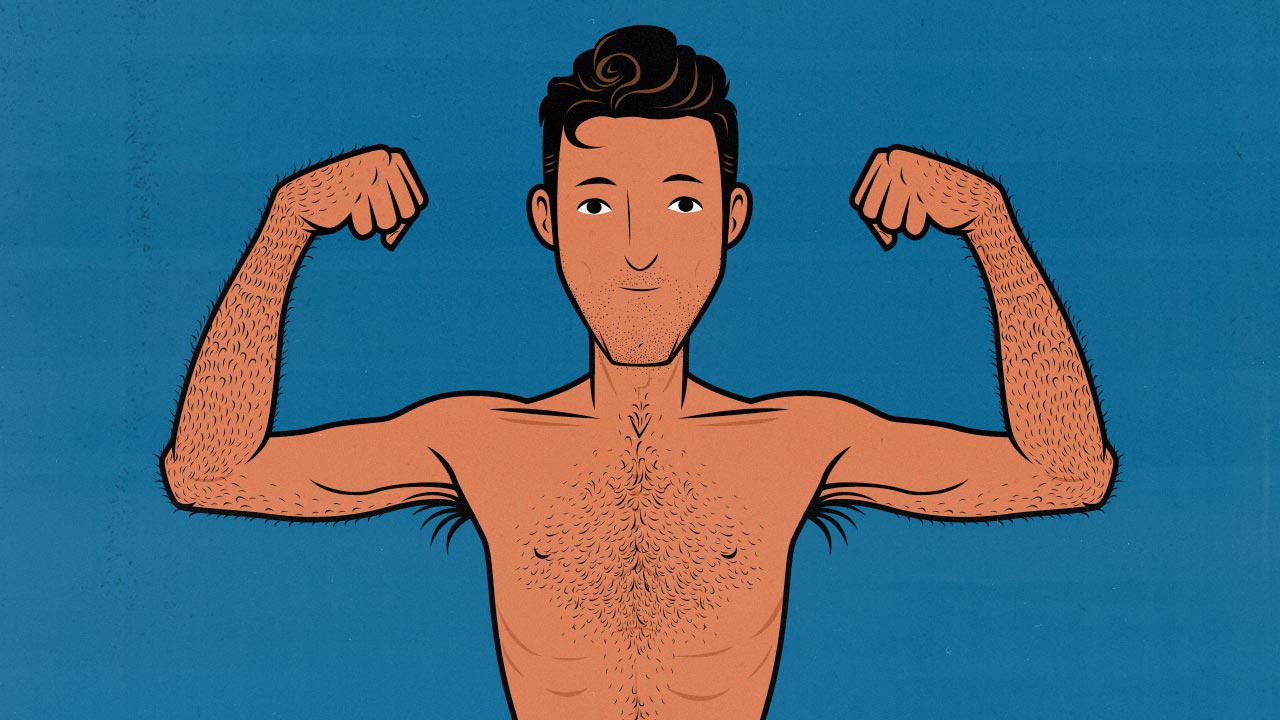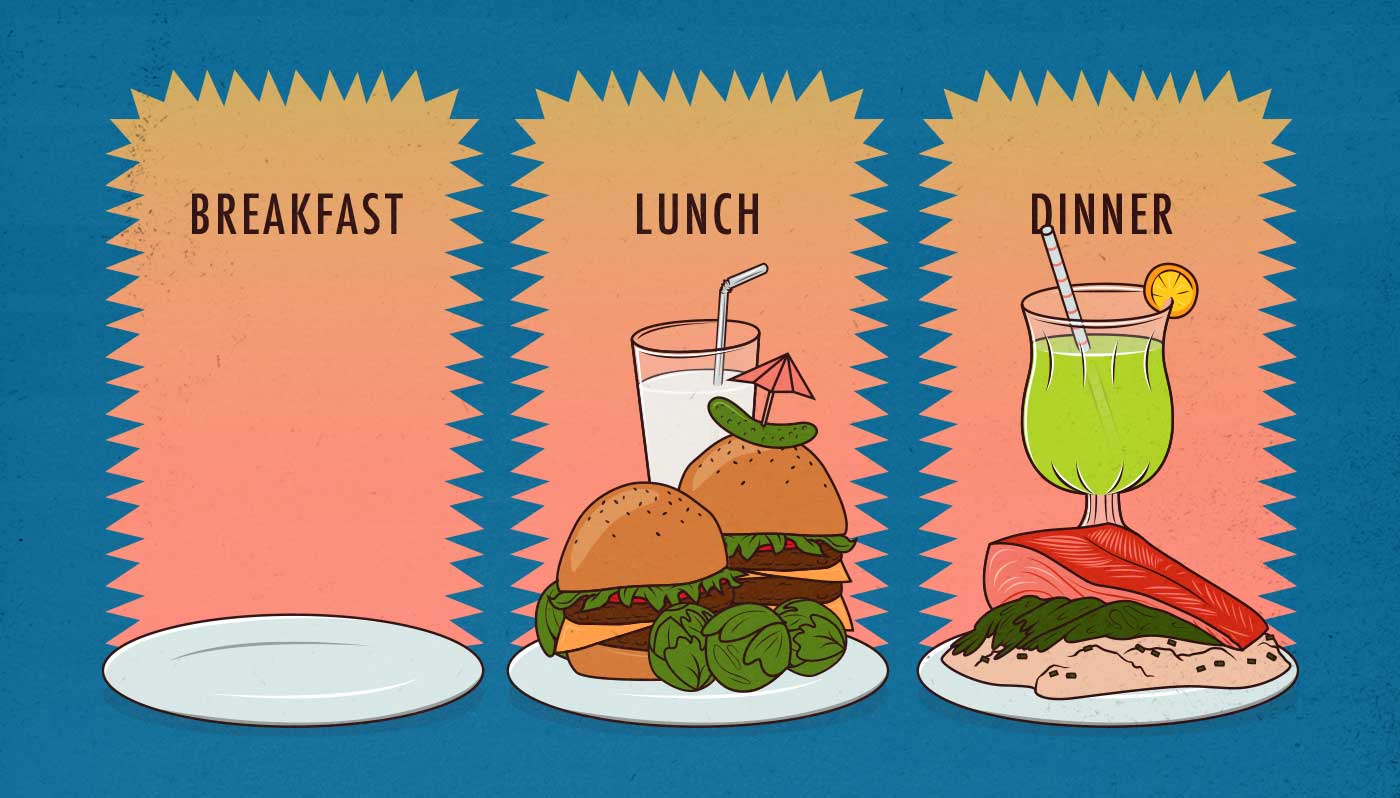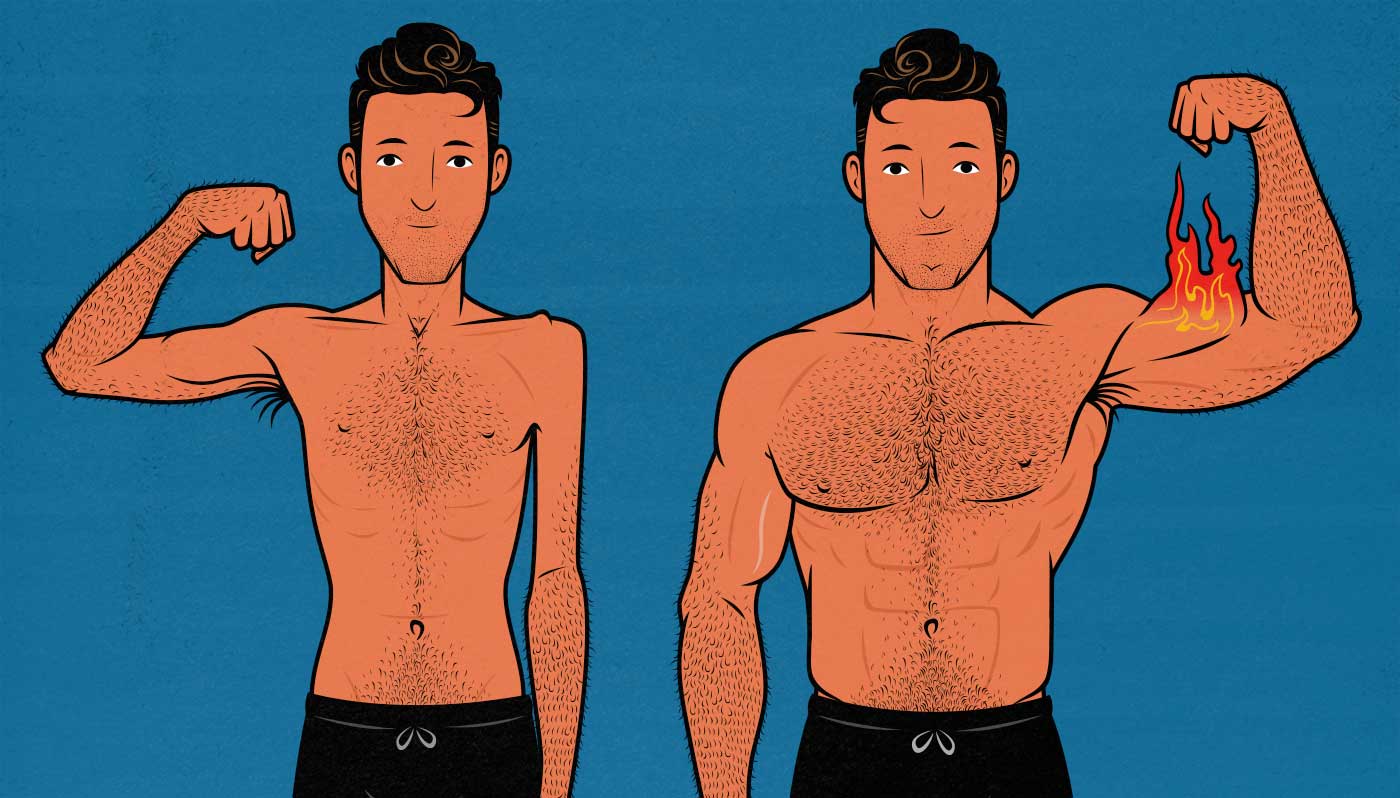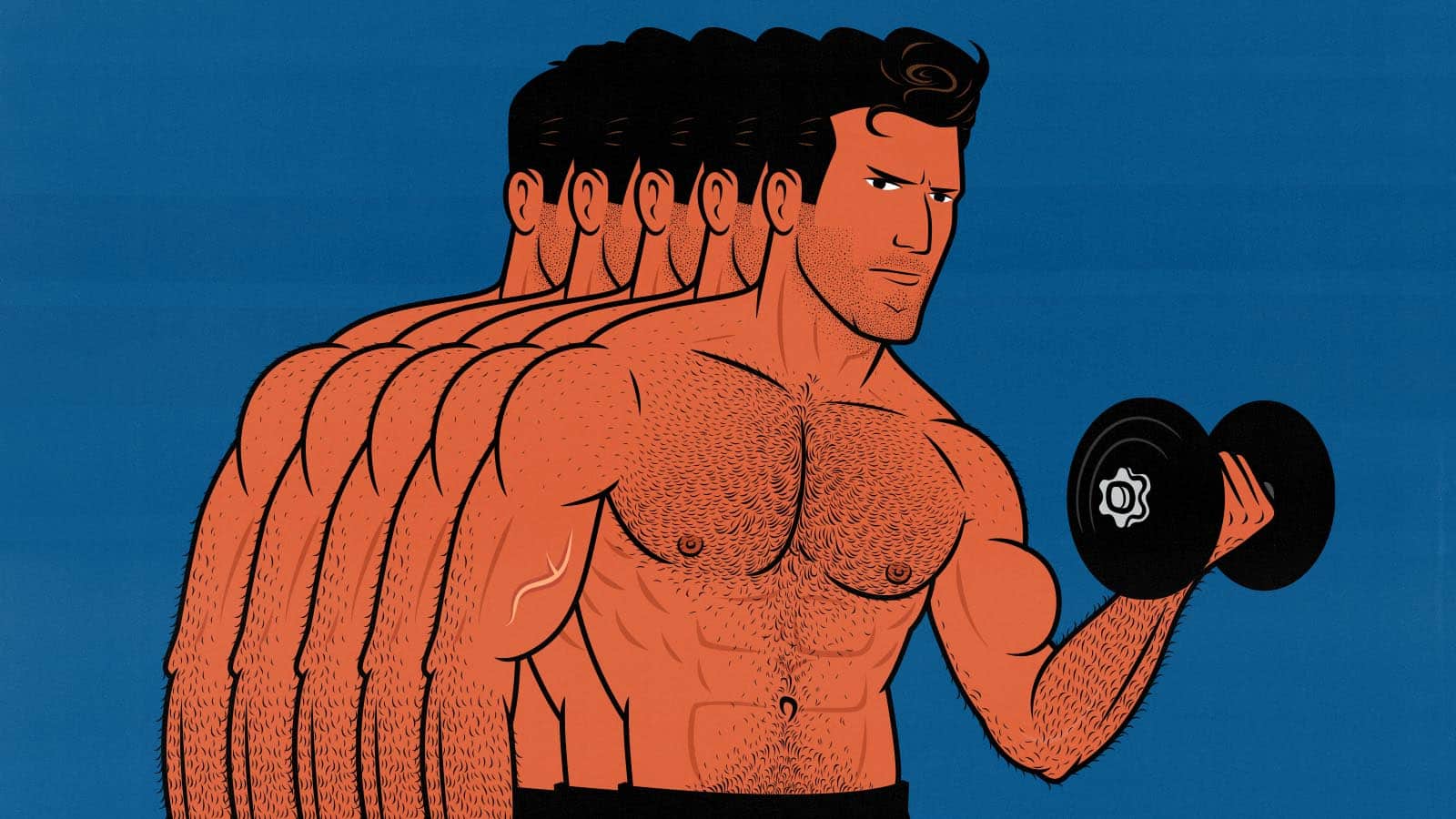Posts by Marco Walker-Ng, BHSc, PTS
How to Build a Barbell Home Gym
Let’s say your goal is to build muscle, and you want to do it at home. If you don’t have a spare room or garage, you can build a dumbbell home gym. If you do have the space, a barbell home gym is even better. You can do all of the best compound lifts, all of the best accessory lifts, and you can gradually add a little bit of weight to those lifts every workout. Not only that, but barbell training is by far the most efficient way to train. You can stimulate a ton of overall muscle growth with every set.
The problem is, building a barbell home gym can get confusing. I help people build muscle for a living, and I still found it confusing. There are so many different brands, setups, and pieces of equipment. Even when picking a barbell, there are different types for different styles of weightlifting, different levels of knurling, and different types of rust-proofing.
I’ll show you exactly how to build a perfect barbell home gym. What equipment you need, the best places to get it, and links to everything I have in my own home gym.
Read More3-Day Full-Body Dumbbell Workout for Size, Strength & Aesthetics
This is a 3-day, full-body, dumbbell-only workout designed for building muscle. It’s perfect for beginners, but I’ll also give you more advanced dumbbell exercises you can swap in as you get stronger.
You can do the full workout routine with just a pair of adjustable dumbbells, but if you have a workout bench and pull-up bar, we’ll take advantage of those, too. If you don’t, I’ll show you how to train the same muscles with just dumbbells.
The workout is simple, but it’s deceptively effective. It follows all the same principles we’ve used to train college, professional, and Olympic athletes.
Read MoreIs Milk Good for Bulking? (What About GOMAD?)
Milk is one of the easiest sources of calories and protein, making it great for bulking. Adding a glass or two of milk to your diet might be all it takes to slip into an easy calorie surplus. That’s especially handy for skinny people (like me) who have a hard time eating enough calories to gain weight.
Milk is also a rich source of micronutrients, including the obvious ones, like calcium. More interestingly, it seems to have other unique muscle-building properties. More on that in a second.
The problem is that if you drink too much milk, you may find yourself gaining quite a lot of fat (study). In fact, drinking a gallon of milk a day (GOMAD) is so infamous for making guys fat. It’s the classic “dreamer bulking” diet.
Read MoreCan Skinny People Get Type 2 Diabetes?
Skinny people can get type 2 diabetes, but it’s uncommon, and you can cut your risk down to almost nothing. Perhaps more importantly, the same lifestyle that prevents diabetes will improve almost every other aspect of your health (and appearance).
Marco has a degree in health sciences (BHSc) and is a certified nutrition coach. Cassandra is a registered nutritionist. Our specialty is working with naturally thin people, and we’ve been doing it full-time for the past 15 years. Of the tens of thousands of skinny clients we’ve worked with, almost none of them have struggled with insulin sensitivity or type 2 diabetes.
However, we wanted to be extra certain, so I spoke with two experts who specialize in diabetes: Dr. Karl Nadolsky, an endocrinologist, and Danny Lennon, a nutritionist on the Advisory Board of the Sports Nutrition Association.
Read MoreDoes Turkesterone Improve Muscle Growth? (Explaining the Scam)
Turkesterone is one of the most popular (and infamous) muscle-building supplements on the market. Joe Rogan, More Plates More Dates, and Vitruvian Physique have all discussed turkesterone’s benefits. Most famously of all, Greg Doucette touts the benefits of his turkesterone supplement (Turk Builder) several times per week to hundreds of thousands of people per video.
At first, the claim was that turkesterone could boost testosterone production, boosting muscle growth. However, there isn’t any research showing increases in testosterone. Also, it doesn’t bind to the androgen receptor, so you wouldn’t expect it to increase testosterone (study). When this came out, there was a marketing pivot. Now, it’s said to promote muscle growth via other pathways, such as stimulating the production of more IGF-1, increasing mTOR. More on that in a moment.
To get to the bottom of this, I started by speaking with Dr. Eric Trexler. He’s got a doctorate degree in sports science, has published over 30 strength and hypertrophy studies, and studies metabolism at Duke University.
We also have a few studies to review, including two new human trials on turkesterone.
And then there’s the drama: the scams, scandals, and redemption arcs.
We don’t sell turkesterone. No affiliate links.
Read MoreBulking Workout Routine: How to Maximize Muscle Growth
Whether you’re trying to build muscle, burn fat, or do both at the same time, you should be training for hypertrophy—for muscle growth. That’s why bulking, cutting, and body recomposition workouts are usually fairly similar.
Still, bulking workouts are special in three ways:
- More food means more energy and greater recovery. That means you can train harder and stimulate more muscle growth. You could train more often, do more exercises, do more sets, or push closer to failure.
- It might be worth doing more isolation exercises. Your arms and abs get plenty of stimulation from compound exercises, which is often enough to maintain their size and strength while cutting. That makes isolation exercises somewhat optional. But when you’re bulking, you have the opportunity to push it further, training them harder, bulking them up much faster.
- You can scale back cardio. It still helps to be active or do cardio, but you don’t need as much, especially if you’re pouring more energy into lifting weights or having trouble eating enough calories to gain weight.
Plus, it’s even more important to maximize muscle stimulation when you’re bulking. You’re eating enough calories to gain weight, and those extra calories can either be invested into muscle growth, stored as fat, or a mix of both. Thus, the more muscle growth you stimulate, the more of those extra calories will be invested into muscle, leaving fewer to be stored as fat.
Compare that to a cutting workout, where you have less energy, and all you need to do is maintain your muscle size. Maintaining muscle requires far less stimulation than gaining muscle, so cutting workouts can be shorter and easier.
Read MoreWhat’s an Ectomorph? Are Body Types Even Real?
An ectomorph is someone who is naturally slim. We tend to have thinner bone structures, fewer fat cells, and faster metabolisms. We’re often taller than average, with longer spines and limbs and proportionally smaller stomachs.
I’m an ectomorph. I’ve also spent the past fifteen years helping other ectomorphs gain weight, build muscle, and improve their health. It isn’t a body type. Some of our clients have included college, professional, and Olympic athletes. You can do great things with it.
Still, ectomorph is a controversial word. It was coined by the disgraced psychologist William Herbert Sheldon in the 1940s. He used it to describe the skinny body type and personality type, but he couldn’t prove a link between the two.
So, the word ectomorph isn’t scientific, but many of us still use it because it’s the simplest way to describe our thin builds.
Read MoreIs Intermittent Fasting Good for Building Muscle?
Intermittent fasting is popular for weight loss. But what if you’re a skinny guy trying to bulk up? Can you use intermittent fasting to build muscle faster or more leanly? After all, intermittent fasting raises growth hormone production, which purportedly helps with muscle growth; it increases insulin sensitivity, which could help make your muscle gains leaner; and research shows that intermittent fasting may help preserve muscle when losing weight.
On the other hand, bodybuilders are known for eating frequently—every few hours. They eat more often than the average person. Why is that? Could there be an advantage to eating more meals more often?
Finally, does intermittent fasting make it harder to eat enough calories to gain weight? Skinny guys are notorious for having smaller stomachs, faster metabolisms, and more meagre appetites, all of which can make it harder to eat enough calories to gain weight. Will intermittent fasting make that even harder?
Read MoreCan You Build Muscle On Keto? Most Research Says You Can’t
People have been using keto to lose weight for the past 200 years. For example, in the 1970s, it saw a surge in popularity because of the Atkins Diet, which started with a strict ketogenic phase.
During that same time period, bodybuilders have leaned towards higher-carb diets. Conventional bulking diets get most of their calories from carb-rich foods like rice, potatoes, sweet potatoes, oats, bananas, yogurt, beans, and lentils.
What happens if you try to use a ketogenic diet to build muscle? Will it hinder muscle growth? Can it yield leaner gains?
Dive inHow Many Sets Should You Do Per Muscle Group Per Week?
The latest meta-analysis suggests you can maximize your rate of muscle growth with 10–20 sets per muscle group per week (Baz-Valle). That means in certain circumstances, you can expect to build as much muscle with 10 sets as 20. In other circumstances, going up to 20 sets could stimulate extra muscle growth. Going past 20 probably won’t stimulate even more.
This is a contentious topic. Some people believe it’s better to train harder, for fewer sets, less often. Others believe that there’s no real volume ceiling—that you can benefit from as many sets as you can suffer through.
Right now, the most famous programs use a moderate training volume (of about 8–24 sets per muscle per week), the research supports a moderate training volume, and most experts recommend a moderate training volume (exhaustive breakdown here). It’s also the approach we use when training clients ranging from desk workers all the way up to professional and Olympic athletes.
However, there are quite a few assumptions baked into these set recommendations.
- You’re training for hypertrophy. That means choosing good exercises, using a deep range of motion, doing about 6–20 reps per set, resting at least 2 minutes between sets, and taking your sets to within 3 reps of failure.
- You’re training all the major muscle groups in your body. If we look at studies where people are only training some muscles, then they can usually handle much higher training volumes. For example, the recent Enes study found that people could work up to 52 sets of quad exercises per week, but they were only training their quads.
- The exercise does a good job of working the muscle you’re trying to grow. For example, rows aren’t ideal for the long heads of your biceps, bench presses aren’t great for the long head of your triceps, and deadlifts aren’t the best for the long head of your hamstrings. You’d want to target those muscles with isolation exercises.
- You work up to the volume gradually. A good workout program starts with a lower training volume and gradually works its way higher. For example, you might start with 2 sets per exercise and work your way up to 5 over 4–8 weeks. That saves you from crippling soreness in the early weeks, and it keeps the challenge high in the later weeks. It also builds more muscle (study, study).
That gives us a few things to talk about and a few interesting examples to go over.
Read More
